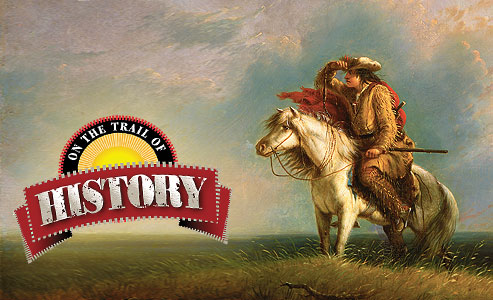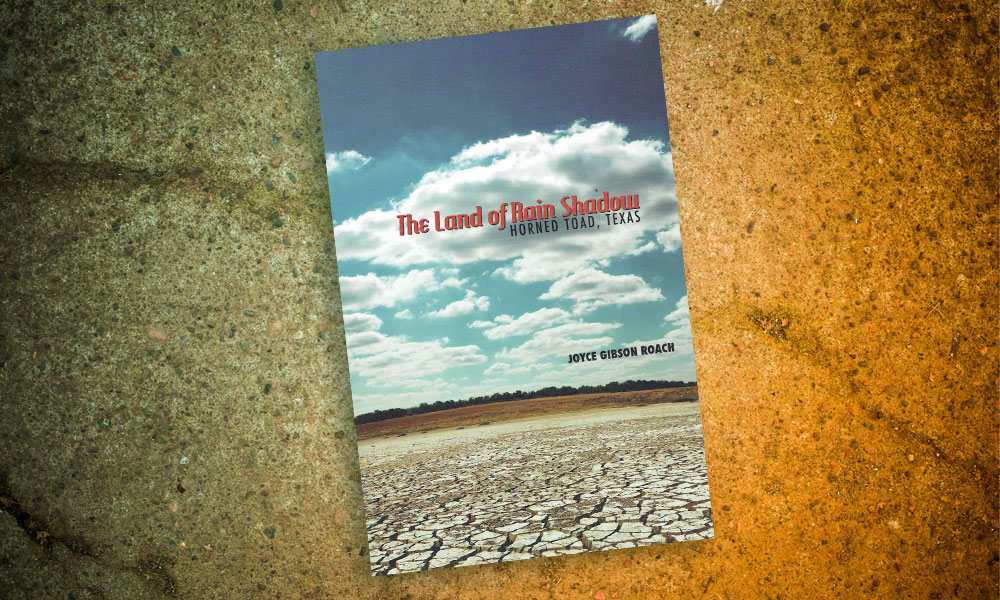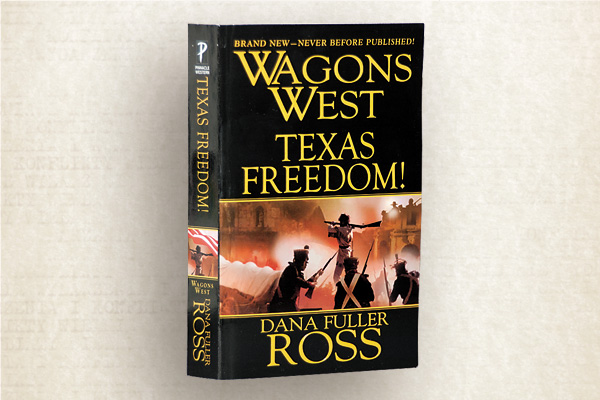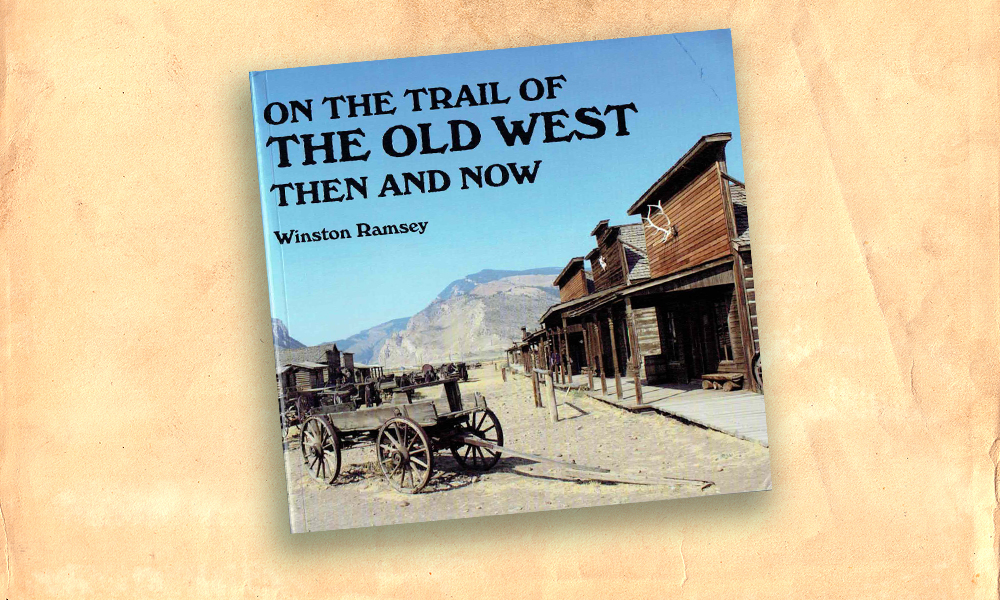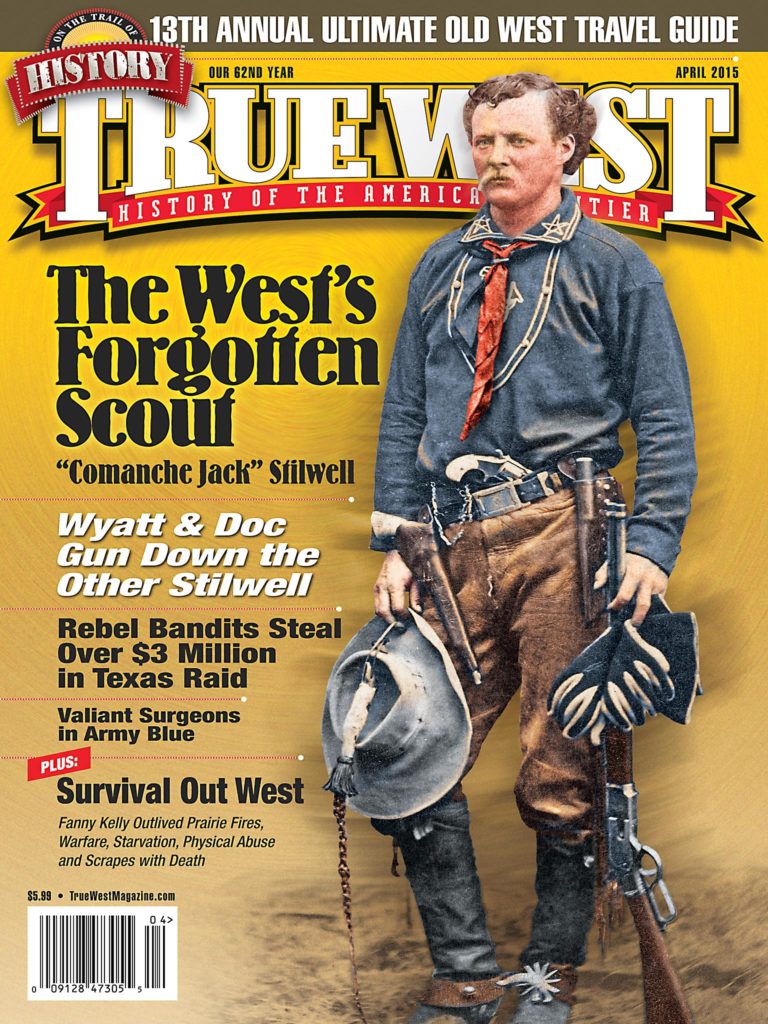Bill Tilghman’s Oklahoma
A famed lawmanís exploits reveal a rich tapestry of state history.
By Brett Cogburn
There once was long, tall man with a jaw like a wolf trap, a hard glint in his eyes, and killer mustache draped above his stubborn lips. Bill Tilghman turned buffalo hunter when only 15, and once claimed to have knocked down over a thousand shaggies with his big bore rifle. At one time or another, he ran a Dodge City saloon, scouted for the army, and became an acquaintance of such notable gunmen as Wyatt Earp and Luke Short. It is said that he strapped a hog leg on his hip and took his first job as a lawman when he went to work for Bat Masterson as a deputy sheriff. In 1889, after participating in a gun battle in Cimarron, Kansas, he decided to strike out for the south, heading toward Guthrie, a booming town in the Oklahoma Territory. By then, in the prime of middle age, he was a tough, seasoned man. And it so happened that he was going somewhere that needed his special brand of courage.
Oklahoma—first known as Indian Territory, or the Indian Nations in the slang of early times, because during the early 1830s the Five Civilized Tribes were forced from their homes in the southeast and allotted holdings in the territory. One by one, other tribes submitted to the onslaught of the advancing white men and were forcibly removed to I.T.—Plains tribes from the north like the Cheyennes, Arapahos and Pawnees, Comanches and Kiowas from Texas, Apaches from the Southwest, and more and more, until there were approximately forty distinct tribes scattered within its boundaries.
During those years, the tribal courts held no jurisdiction over white men, and the bad element soon found that the Indian Nations were one hell of a place to hide. With only a few deputy U.S. marshals riding the territory for Hanging Judge Parker’s federal court out of Fort Smith, Arkansas, the bad guys held sway for almost four decades. Rob a bank in Texas or Kansas? Run to Indian Territory. Railroad companies and governors have a price on your head? You got it. Run to Indian Territory.
Every major cattle trail also cut right through the territory, and young, half wild cowboys drove bawling, dust-coated longhorns to the Kansas railroad towns or tended herds on various tracts of rangeland leased to cattlemen by the tribes.
If one were to write a “who’s who” list of Old West outlaws, many of them at one time or another called Indian Territory their home or hideout: the James-Younger Gang, Bill Doolin, The Dalton Boys, Belle Starr, Cherokee Bill, etc. The list goes on and on. Equally famous were the lawmen who fought to bring civilization to the area, such as Heck Thomas, Chris Madsen, Sam Sixkiller and Bass Reeves.
Among those star-packing stalwarts, perhaps none was tougher than Bill Tilghman. He was a dead shot with any kind of pistol, and by the time he took the job of a deputy U.S. marshal, he had already fought Indians and had a reputation as one of the gunmen/lawmen who made up the famous Dodge City Peace Commission. If there was any one thing that sealed his reputation as a lawman and made him a legend, it was his single-handed capture of Bill Doolin. Later he added to his fame when he and a posse trailed Doolin gang member Little Bill Raidler to his hideout. Raidler decided to make a fight of it, and Tilghman shot him in the wrist with his Winchester and put two more rounds into him when the outlaw tried to flee.
Inch by inch, manifest destiny and demand for cheap or free land slowly took away the tribal lands in the form of one land run after another, and Indian Territory crawled toward statehood. Railroad tracks soon crisscrossed the land and boomtowns popped up everywhere. With that move came more and more rowdies and rugged individualist types. In its infancy, prior to statehood in 1907, Oklahoma was a place in need of steely-eyed Bill Tilghman. He saw all those changes, not only witnessing them, but playing a hand in high stakes game. As a member of the trio of deputy marshals known as the Three Guardsmen, he, Chris Madsen and Heck Thomas brought down one outlaw after another. Packing a gun on the side of law and order until the end, Tilghman’s last job was as the city marshal of the rough and tumble oil boomtown of Cromwell, Oklahoma, where he was killed in the line of duty by an allegedly corrupt Prohibition agent.
Just off the I-44 corridor north of Tulsa lies the Woolaroc Museum and Wildlife Preserve. Beginning as a ranch and getaway for Phillips Petroleum founder Frank Phillips, Woolaroc soon grew into a lodge for entertaining friends, politicians and high-rolling corporate types, and fellow ranchers and tribal leaders. The museum on the grounds is home to a world-class collection of Western and American Indian art in the form of pottery, paintings and sculptures. The museum also displays a large Colt firearms collection and all manner of high quality memorabilia that showcase the Western frontier and Oklahoma history.
Almost due east of Woolaroc lies the small town of Claremore, where one of the Colts Tilghman used while serving as a deputy U.S. marshal is housed at the J.M. Davis Arms and Historical Museum. Founded by J.M. Davis, a local collector and businessman, much of the museum’s collection was originally displayed in the lobby of his hotel. After his death, the State of Oklahoma leased Davis’s collection and moved it to the building that now houses it.
If you are a fan of firearms, and especially those old smoke poles from the Old West, then this might be the place for you. The museum has over 10,000 guns on display and more in storage, making it the largest collection of any private museum in the United States.
Next stop on the trail of Big Bill Tilghman is Guthrie, which was the capital of the Oklahoma Territory, created in 1890, and Tilghman’s primary headquarters when he was tracking the Wild Bunch, Bill Doolin and the Daltons. From Claremore, travel west on State Highway 66 through Tulsa
on I-44 to Highway 33 through the
Cimarron River Valley to Guthrie. When in Guthrie, don’t miss the historic downtown district, the Oklahoma Territorial Museum, and the cemetery where numerous outlaws are buried, including Doolin. When you visit the museum, don’t miss Tilghman’s 1915 Western about the “real outlaw West,” Passing of the Oklahoma Outlaws, in which he actually had Dalton gang member Arkansas Tom temporarily released from prison to consult on the movie.
Bill Tilghman epitomized the larger-than-life characters of the Old West, and there’s a place in Oklahoma that pays homage to such men and women in a big way. From Tulsa, travel southwest on I-44 until you reach the National Cowboy & Western Heritage Museum, formerly known as the Cowboy Hall of Fame, in Oklahoma City. Plan at least half a day to tour this large museum. Bar none, this is the finest collection of artifacts and exhibits pertaining to the Old West. The museum contains everything from frontier military artifacts, firearms, American Indian displays, Western art, memorabilia from the golden age of Western movies and a section dedicated to rodeo cowboys and cowgirls.
Southwest of Oklahoma City, the history of the cattle drives and the trails that brought so many cowboys and outlaws to Oklahoma is brought to life in Duncan at the Chisholm Trail Heritage Center.
A life-size bronze sculpture of cowboys, a chuckwagon, a stock dog and a herd of longhorns greets visitors at the entrance to the Chisholm Trail Museum in honor of Jesse Chisholm. Created by Paul Moore and entitled, On the Chisholm Trail, the sculpture, like the exhibits, is all about old-time, trail-driving cowboys. Inside the museum are real life chuckwagons, cowboy gear, firearms, and mannequins dressed up in the cowboy gear of the times. Branding irons, ropes, and bits and spurs make up another large part of what you can see. The Garis Gallery of Western Art contains some exceptional pieces.
Although the years have come and gone like a slow rain sinking into Oklahoma sod, the remnants of wilder, less civilized times remain throughout the state. Take a trip through Oklahoma, and every now and then, close your eyes and don’t be afraid to remember what it was that used to make you want to play cowboys and Indians. And at times, if you open your eyes real slow, and look in the right place, you might get a glimpse of the Oklahoma that Bill Tilghman saw.
Detour
Want more cowboys and Indians with an ample dose of scenery thrown in? Travel west from Oklahoma City on I-40 to Elk City and go north on Highway 283, to the Antelope Hills and Black Kettle National Grasslands. Once the stronghold of the fierce Comanches and Kiowas, the highways through those odd, ant-mound-like hills are scattered with historic markers noting battle sites from the Indian Wars. West of the town of Cheyenne is the Washita Battlefield National Historic Site Visitors Center. Visitors should not miss the 1.5-mile nature walk to the Black Kettle campsite or the scenic overlook.
Side Roads
Places to Visit: Woolaroc Museum and Nature Preserve, Bartlesville • J.M. Davis Arms and Historical Museum, Claremore • Oklahoma Territorial Museum & the Carnegie Library, Guthrie • National Cowboy & Western Heritage Museum Oklahoma City • Robbers Cave State Park, Wilburton • Chisholm Trail Heritage Center, Duncan • Washita Battlefield Historic Site, Cheyenne.
Celebrations & Events: International Finals Rodeo, every January, Oklahoma City • Choctaw Labor Day Festival, August 29-September 2, Tuskahoma • Oklahoma State Fair, September 17-27, Oklahoma City.
Good Eats, Sleeps and Reads
Good Grub: Pete’s Place (Krebs) • Wild Horse Mountain Barbeque (Sallisaw) • Oklahoma Cattleman’s Steakhouse (Oklahoma City) • Meers Store and Restaurant (Meers) • Doug’s Peach Orchard (Terral).
Good Lodging: Queen Wilhelmina Lodge (Talihina) • Buffalo Creek Guest Ranch (Talihina) • Quartz Mountain Resort (Altus).
Good Reads: Hell on the Border by S.W. Harman • The Rise and Fall of the Choctaw Republic by Angie Debo • Heck Thomas, Frontier Marshal by Glenn Shirley • The Cowman’s Southwest: Being the Reminiscences of Oliver Nelson, edited by Angie Debo • Oklahoma Renegades by Ken Butler • Gregg’s Commerce of the Prairie by Josiah Gregg.
Award-winning author Brett Cogburn is a former cowboy and horse trainer, and the author of Panhandle, The Texans, Forty Loads and his upcoming release, Destiny, Texas. He and his family live on a little ranch in Oklahoma.

